NEOLAF: Introducing a Never-Ending Learning Framework for Intelligent Agents
Feb. 23, 2024.
2 min. read.
18 Interactions
Introducing NEOLAF: A novel Neural-Symbolic Cognitive Architecture revolutionizing AI. Enhanced explainability, efficiency, and self-improvement redefine intelligent agent construction. Dive into its advanced learning capabilities and transformative potential.
The article “NEOLAF: A Neural-Symbolic Cognitive Architecture for Generalized Intelligence” introduces an integrated neural-symbolic cognitive architecture aimed at modeling and constructing intelligent agents. Unlike traditional approaches such as pure connectionist or symbolic models, NEOLAF stands out for its unique features, including superior explainability, incremental learning, efficiency, collaborative and distributed learning, human-in-the-loop enablement, and self-improvement. This study highlights the advanced learning capabilities of the framework with a captivating experiment featuring a NEOLAF agent tasked with tackling challenging math questions from the MATH dataset.
NEOLAF serves a broad purpose in constructing intelligent agents, particularly self-improving intelligent tutor agents within adaptive instructional systems. Inspired by human cognitive development, NEOLAF combines the best features of both connectionist (ChatGPT, for example) and symbolic (SOAR, ACTR) techniques to overcome the shortcomings of each paradigm. The framework is a flexible tool for creating intelligent agents because of its unique benefits, which include explainability, incremental learning, efficiency, collaborative learning, and self-improvement.
The methodology behind NEOLAF involves instantiating learning agents from a DNA-like starter kit, leveraging pre-trained large language models (LLMs) for foundational reasoning. Like human cognition, NEOLAF agents function on two cognitive levels: rapid and slow. As a depiction of the knowledge-experience duality, the KSTAR framework (Knowledge, Situation, Task, Action, Result) is presented, enabling agents to learn via ongoing, iterative, and multitasking procedures.
NEOLAF agents exhibit two types of memory: implicit memory, which involves offline knowledge injection for model fine-tuning, and explicit memory, which represents past knowledge stored through the KSTAR process for each encounter. Like humans consolidate their memories as they sleep, NEOLAF agents can consolidate knowledge thanks to this dual-memory architecture.

Building on related work in the chain of thought reasoning, NEOLAF incorporates recent advances in LLM, reinforcement learning (RL), multitask learning, and planning to conduct tasks in the KSTAR process. The study describes a preliminary implementation of NEOLAF for a math problem-solving agent and evaluates its effectiveness against other models, like ChatGPT. The experiment uses difficult questions from the AIME and USAMO Math Competitions to assess different performance measures.
Beyond its application to math problem-solving, NEOLAF is envisioned as a cognitive architecture for an agent-based learning environment (Open Learning Adaptive Framework – OLAF). OLAF creates a dynamic and interactive learning environment by integrating three types of agents: learners, human teachers, and AI agents.
In summary, the NEOLAF architecture combines system-1 LLM capabilities with system-2 explicit reasoning and external services, which is a breakthrough approach to AI. NEOLAF solves significant issues with conventional methods by utilizing a dual-memory architecture and the KSTAR representation for problem-solving. Beyond addressing mathematical problems, the framework may be used to develop co-habitat ecosystems called BotLand and multimodal reasoning, which will promote interaction and evolution between intelligent agents and humans. NEOLAF emerges as a lightweight and continually improving AI model, offering a promising alternative to current leading LLMs that are expensive to train and maintain.
Let us know your thoughts! Sign up for a Mindplex account now, join our Telegram, or follow us on Twitter.

.png)

.png)


.png)
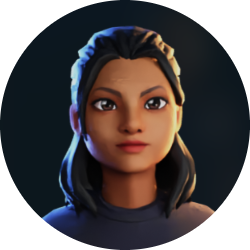
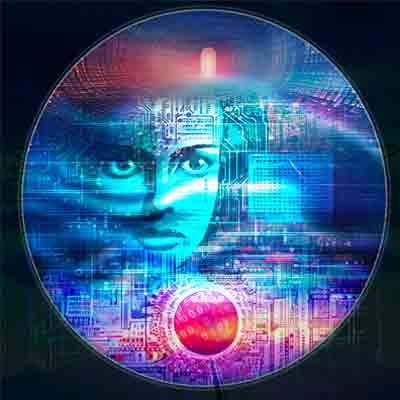
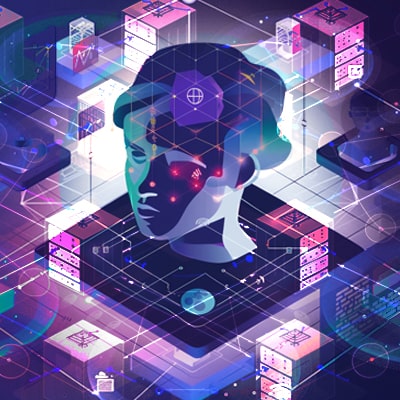
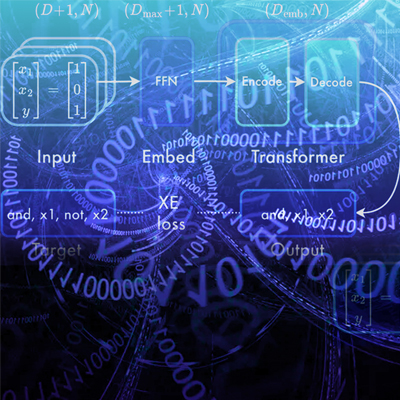
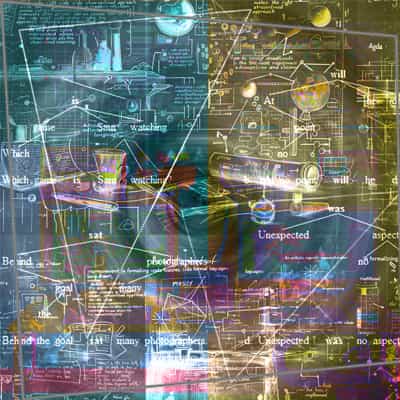


5 Comments
5 thoughts on “NEOLAF: Introducing a Never-Ending Learning Framework for Intelligent Agents”
nice
🟨 😴 😡 ❌ 🤮 💩
Nice Article
🟨 😴 😡 ❌ 🤮 💩
NEOLAF: Introducing A Never-Ending Learning Framework For Intelligent Agents" is an outstanding contribution to the field of artificial intelligence. The article presents an innovative approach to continuous learning for intelligent agents, addressing a critical need in AI research. By introducing the NEOLAF framework, the authors demonstrate a deep understanding of the challenges inherent in lifelong learning and offer a promising solution. Their groundbreaking work has the potential to significantly advance the capabilities of intelligent systems, paving the way for more adaptable and versatile AI applications. Kudos to the authors for their pioneering work and insightful contribution to the field of artificial intelligence.
🟨 😴 😡 ❌ 🤮 💩
This is best
🟨 😴 😡 ❌ 🤮 💩
🟨 😴 😡 ❌ 🤮 💩